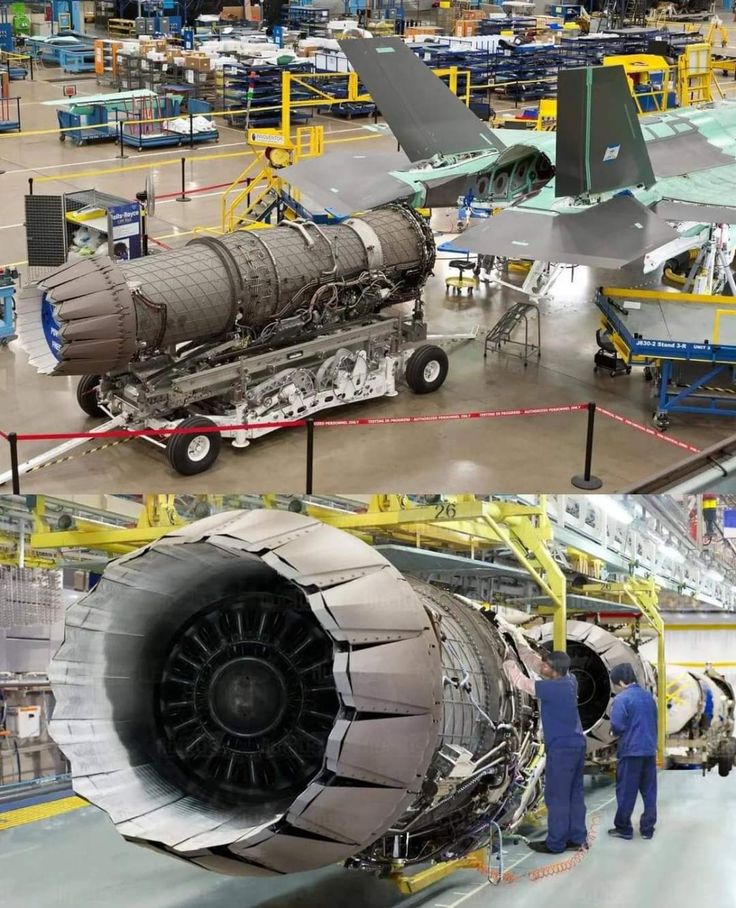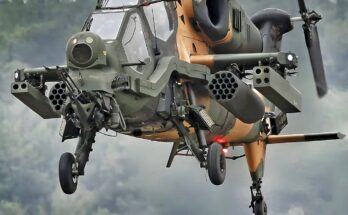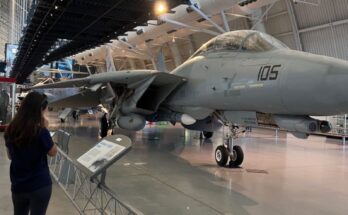
The Pratt & Whitney F135 engine is the beating heart of the F-35 Lightning II, the world’s most advanced fifth-generation multi-role fighter aircraft. Developed as an evolution of the proven F119 engine that powers the F-22 Raptor, the F135 was designed specifically to meet the demanding requirements of the Joint Strike Fighter program, which produced three variants of the F-35: the conventional takeoff and landing (CTOL) F-35A, the short takeoff/vertical landing (STOVL) F-35B, and the carrier-capable F-35C. Each of these variants relies on the F135’s cutting-edge design to deliver the thrust, reliability, and performance needed in modern air combat.
The F135 is currently the most powerful fighter engine in service. It can generate up to 43,000 pounds of thrust, enabling the F-35 to achieve supersonic speeds without afterburner in certain conditions—a capability known as “supercruise.” This level of thrust also ensures the aircraft maintains high agility, rapid acceleration, and the ability to carry substantial payloads while still operating effectively in contested environments.
One of the most significant technological achievements of the F135 lies in its adaptability across the three different F-35 variants. The F135-PW-100 powers the F-35A and F-35C, while the F135-PW-600 integrates with a unique Rolls-Royce LiftSystem for the F-35B, allowing short takeoffs and vertical landings. This combination of raw engine power and lift fan technology gives the F-35B an unprecedented ability to operate from austere bases, small ships, and locations inaccessible to traditional fighters, expanding the tactical flexibility of allied air forces.
Beyond sheer performance, the F135 incorporates advanced durability and maintainability features. Its design emphasizes reduced maintenance times, longer intervals between overhauls, and lower lifecycle costs compared to older fighter engines. For operators worldwide, this translates to higher mission readiness and lower logistical burdens, critical for modern militaries tasked with maintaining air superiority across multiple theaters.
The engine also plays a central role in the F-35’s stealth and survivability. Its design minimizes the aircraft’s infrared signature, making it harder to detect and track by enemy sensors and heat-seeking weapons. This complements the F-35’s radar-evading airframe, advanced avionics, and sensor fusion capabilities, creating a fighter that is not only powerful but also exceptionally difficult to counter.
Pratt & Whitney continues to modernize the F135 to meet future challenges. With the F-35 program expected to serve well into the 2070s, the F135 is undergoing upgrades to improve power, thermal management, and fuel efficiency. These enhancements are critical to supporting the increasing electrical and cooling demands of next-generation systems such as advanced sensors, electronic warfare suites, and directed energy weapons.
In essence, the F135 is more than just an engine—it is an enabler of the F-35’s dominance in the air. Its unmatched thrust, adaptability across variants, and forward-looking upgrade path ensure that it will remain a cornerstone of allied air power for decades to come. As the F-35 continues to evolve into the backbone of many air forces around the world, the Pratt & Whitney F135 will remain at the core of its unmatched capabilities.


